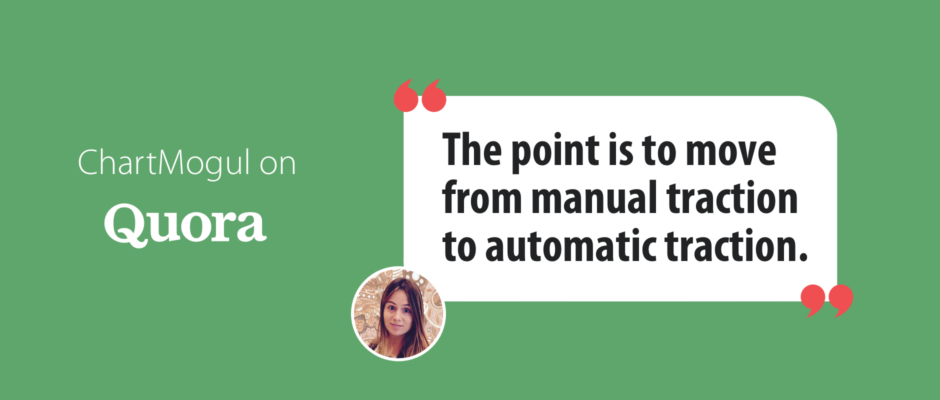What is PMF?
At the risk of being redundant, the oft cited definition of PMF comes from Marc Andreessen:
“Product/market fit means being in a good market with a product that can satisfy that market.” – Marc Andreessen
The definition is vague and fluid. It reflects how PMF is a moving target — markets change, right? As a result, it’s difficult to know when you’ve reached PMF. In a lot of cases, it’s more a sense of PMF. The following outlines some approaches to follow this instinct and also measure your progress toward it.
What are some approaches to achieving PMF?
Approaches to PMF vary based on the market you’re heading into. Is the product category already established, with competitors on whom you can innovate? Are you embarking on new territory with a new solution?
Most experts say focus on finding the right market, one that is both large enough and also has a dire need.
Marc Andreessen says market is the most important component of PMF, because, all else aside, the right market will pull the product out of you. Plus if you spend time developing a great product or technology for a perceived problem, and treat market as a secondary concern, then you may end up with no one to sell to. Or, more likely, end up selling in a market that’s too small to fuel scaling and warrant investment.
Once you’ve identified your market and the problem you’re trying to solve, then it’s a relentless focus on product — but through the prism of market validation and customer feedback. Critical observation of the market and critical listening to customers are common denominators of any approach to PMF. Reaching PMF requires a constant feedback loop between the customer and you, or the product development team. It’s what Joel York calls the “listen, build, deliver” loop.
How do you know when you are there?
You often hear the term “initial traction.” The point is to move from manual traction to automatic traction. A focused example of this: going from individually reaching out to prospects and getting them to try your product, to a flow of inbound prospects seeking you out. When that traction is automatic, your focus shifts from nailing a product that customers want to distributing your product and scaling to serve your growing customer base.
There are qualitative and quantitative metrics you can track. None are a litmus test; rather look at these as a matrix of indicators.
It’s tricky because there are no benchmarks. The circumstances and metrics of PMF for one business could be completely different for yours. You simply have to keep an eye and an ear on your own business — cranking, tweaking, and iterating until the engine runs smoothly on its own.
Customer dependency
Your customers do not want to, or couldn’t, function without your product. Sean Ellis released a survey based on this concept, to gauge your customer dependency.
User engagement
This is tied to customer dependency, but you can gather the data yourself rather than by surveying your users. Follow data points that show your customers are spending an exponentially higher amount of time within your product, using more features, or checking it at shorter and shorter intervals.
Reduced lead times and shorter sales cycle
These indicate that your potential customers need your solution and see the value in your product. They are willing — even eager — to try it.
Word of mouth/referrals
If current customers are recommending your product to others, you know something is working. For some insight on how to encourage this, check out this article on how B2B word of mouth works.
Conversion rates
Similar to above. As conversion rates increase, you know you are satisfying more and more of the market.
Higher initial order value
Customers sign on at a higher price point. They’re not just willing to pay for it, they’re paying even more than the cheapest option.
Revenue expansion (contract length, renewals, ACV, upgrades)
Similar to above. Customer willingness to upgrade their service plan or commit longer reflects that your product not only solves their need, but that your business has the ability to retain and expand on its existing portfolio. Expansion business is key to scaling, eventually becoming the engine of your growth.
Standard SaaS metrics you can consider tracking as PMF indicators are CAC:LTV and Churn.
[Other sources: Andrew Chen and Notion Capital]
This answer was originally published on Quora. You can read the full thread here: How do you know when you have product market fit?
